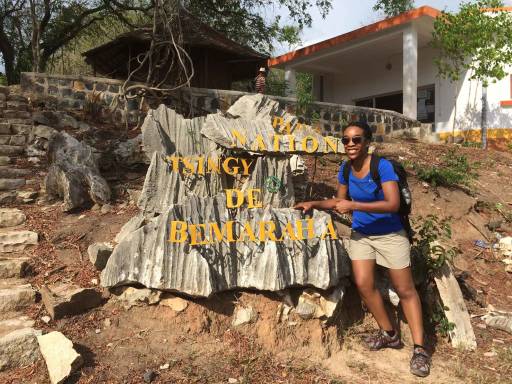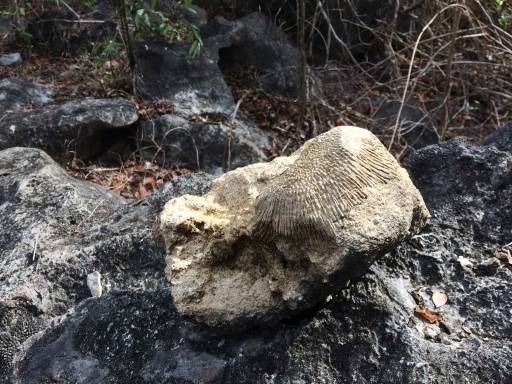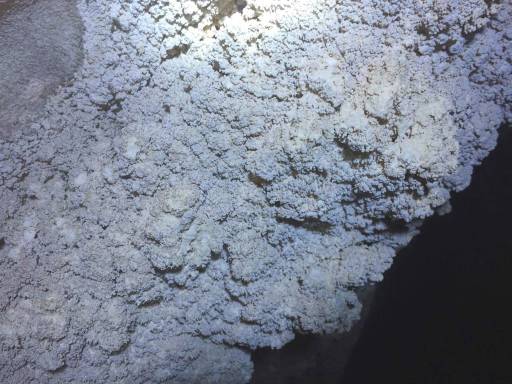My holiday in Madagascar was an amazing visit to one of the world’s most unique and exciting places. Between its teeming capital city, small coastal villages, brilliant national forests, distinctive wildlife, and open, friendly people, Madagascar gave me so much to appreciate and learn on even a short visit. This series describes my Malagasy holiday from beginning to end. Mankafy! If you are starting in the middle, CLICK HERE to go to the first post.
7 am departure today. We left so early to avoid the heat and to get to the Grand Tsingy by 8 am. So glad too—because it was 28° C (82.4° F) when we arrived! We stopped along the way to pick up Brown, our local guide for the Big Tsingy trail. He is one of 42 local people hired as official guides at the park—a must-have for entry by all tourists.
After collecting Brown we drove another 40 minutes or so to get to the park entrance on the worst road yet. The jostling was so bad that at one point we had to hard brake to make sure we didn’t tip over, but there were also some fun muddy bits and driving through low rivers.

Tsingy de Bemaraha National Park has a spectacular landscape which I couldn’t wait to see. The limestone plateau was once completely under the ocean, and emerged with the shift of tectonic plates thousands of years ago. Over time, the rain and groundwater eroded the limestone, leaving a forest of stone needles which are now a UNESCO World Heritage site. The trail I’d be hiking took 9 years to be planned and installed, and opened to the public only in 1997, a full 70 years after the stone forest was first discovered by western explorers. I definitely thought we’d see more of the Tsingy rock formations driving up but it was completely hidden by the bushes and trees.
Once out of the car, we walked through quite a bit of dry brush before the rocks started to appear. Brown pointed out some interesting carvings on the rocks—they turned out to be fossils! Even though thousands of years have passed with the rock being exposed to the elements, fossilized coral and sea plants are still visible to the naked eye. He also showed me how very thin protrusions of limestone could be plucked to make music.
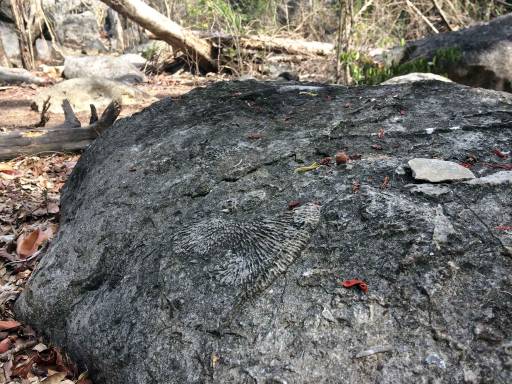
A bit farther down the trail we got really lucky and saw lemurs! It was a whole family of them up in a tree, grunting like pigs. After spotting us they made a run for it and took off, jumping from branch to branch. The momma was even carrying a baby on her back. It was a surprising and exciting introduction to Madagascar’s most famous endemic species.
We carried on walking and then the real climbing started. Up steep crevices, through narrow openings, at one point even through a cave where we needed head lamps. We could see the actual color of the limestone in the cave—everywhere outside is dark gray from oxidation but its natural color is bright white . Soon we arrived at a more intense section—the harnesses came on and it was time to climb!
The trail had a mix of ladders, strategically-placed nailed-in rocks, metal rope hand rails, and of course, some wood plank one-person-at-a-time rope bridges over deep crevasses (don’t look down!). There were also a couple of stunning viewing platforms that we climbed up to be on top of it all. The view was incredible. A bit scary too and my legs were legitimately shaking at times—even though the platforms were solid, I always felt like I needed to crouch for each step to have a firm grip. I’m so glad to have faced the fear and done it though.
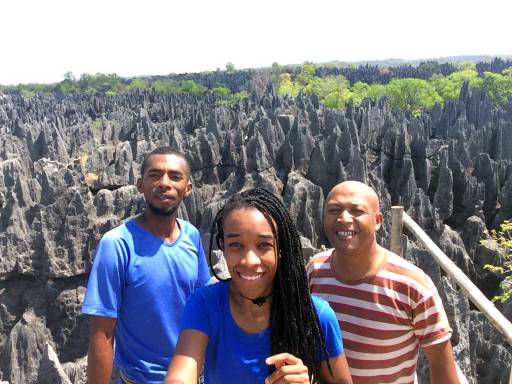
Of course after reaching the top, it was time to come down—something I forgot until I was looking down the business end of a series of steep, long ladders! It was an adrenaline rush at times but actually not as scary as I first thought it would be—being hooked on to the wall certainly helped. We went through a couple more cave-like underpasses, one was narrow but tall and the other was broad but low where we were pretty much sumo walking through most of it.
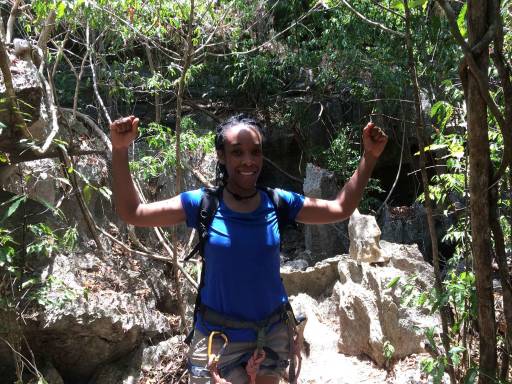
Eventually the rocks began to peter out again and we were back in the normal forest. By this point it was sweltering, and we passed a group going to do the climb on our way out…I was really grateful for our early start as it was 40° (104° F) by this point! On the way back to Bekopaka the road was just as bumpy but now I really didn’t mind—it was all worth it!
Later in the afternoon we went to climb the Small Tsingy, about an hour away and closer to the river. No harnesses this time, but there just as well could have been! The Small Tsingy is part of the same rock system, just not pushed up from the ground as much as the Big Tsingy. I was feeling just as challenged and just as shaky on the platforms despite the further ease its name might imply.
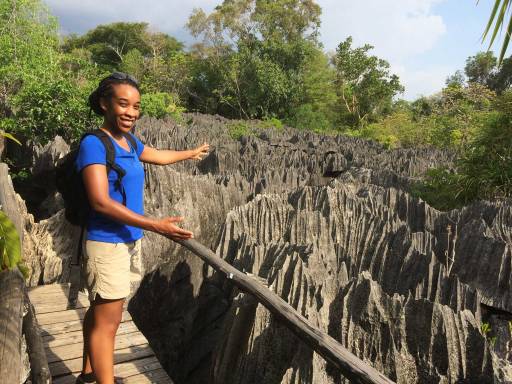
We had to cut it a bit short with thunder bellowing and rain on the way, but after the morning’s hike, and without the safety of harnesses, I didn’t mind! The day was a huge success and I was thrilled to be able to experience this rather untouched, beautiful part of Madagascar.
Hiking the Grand Tsingy!
